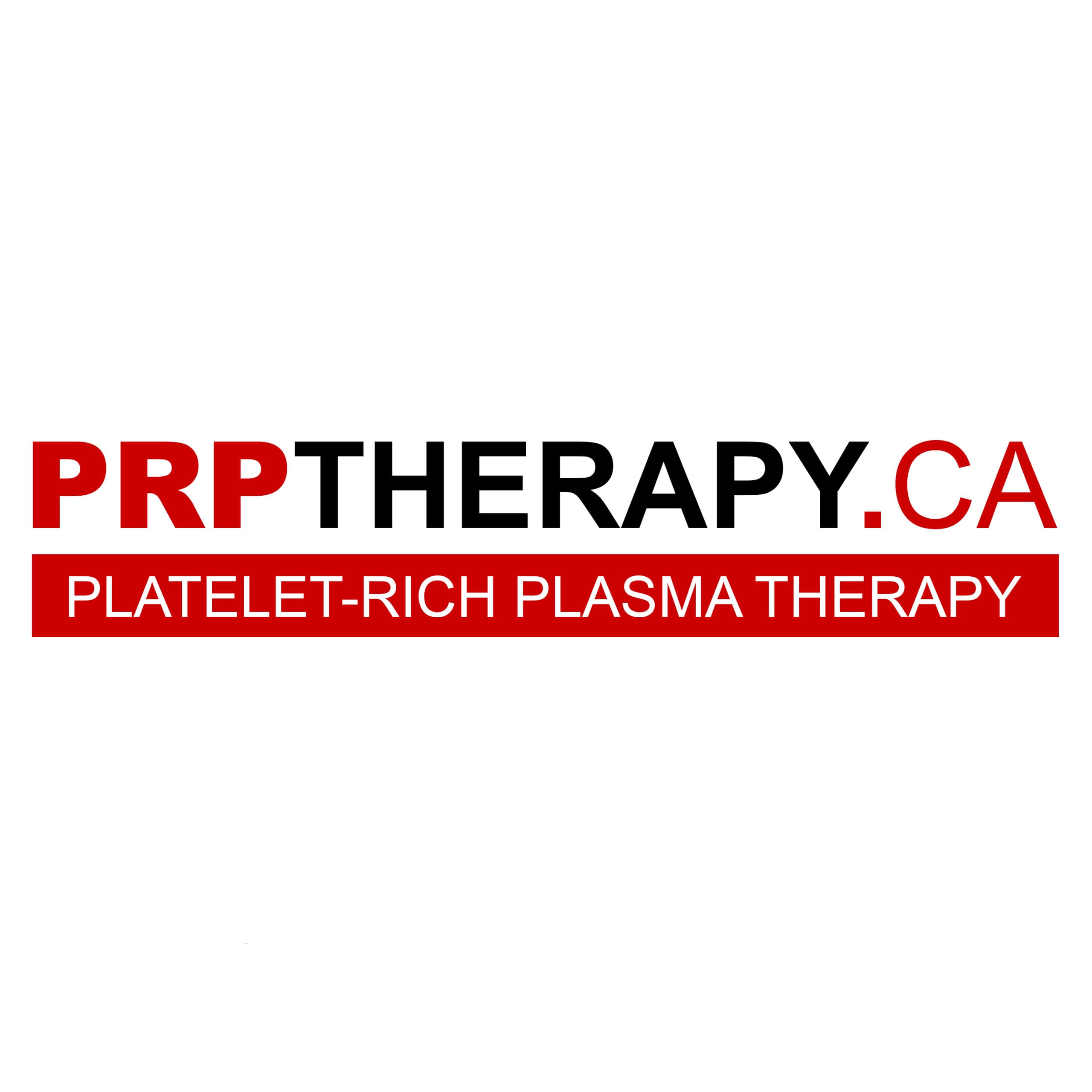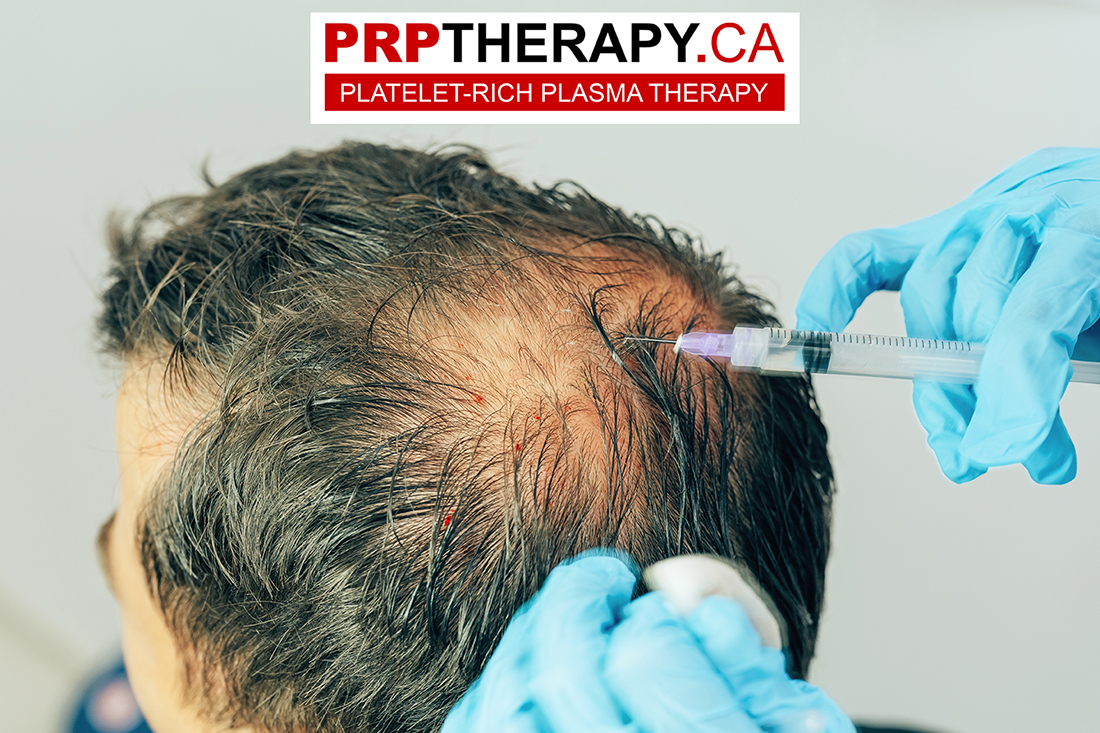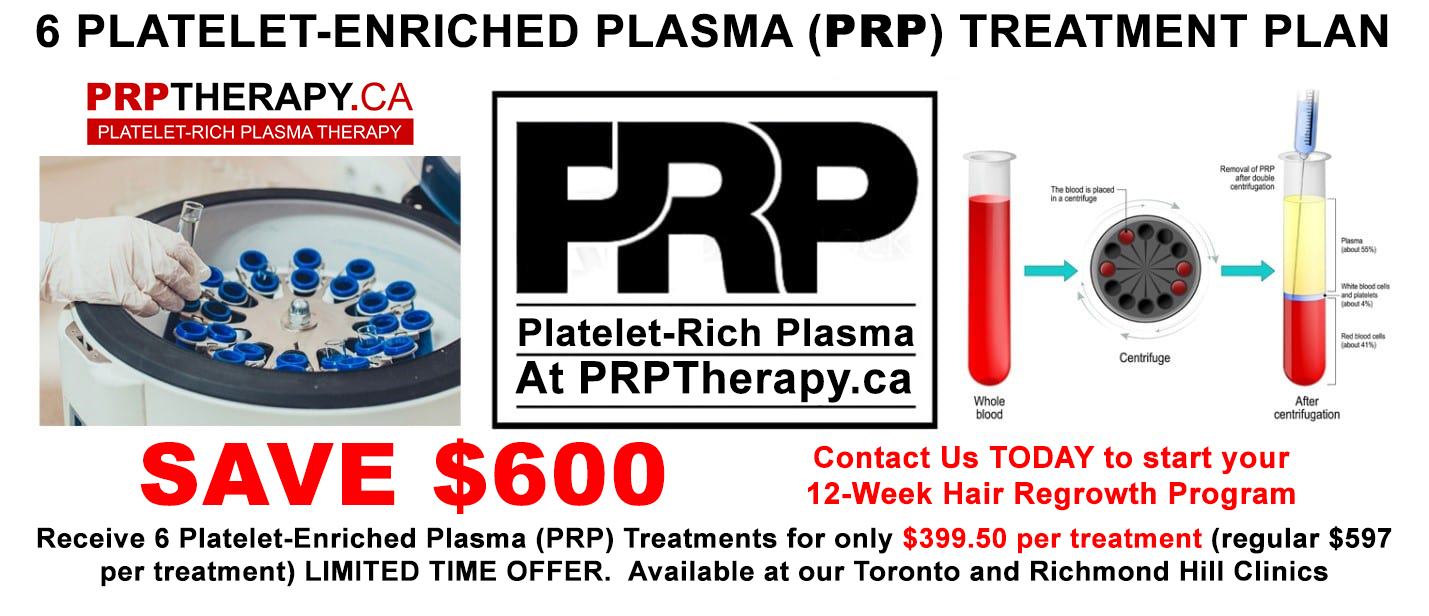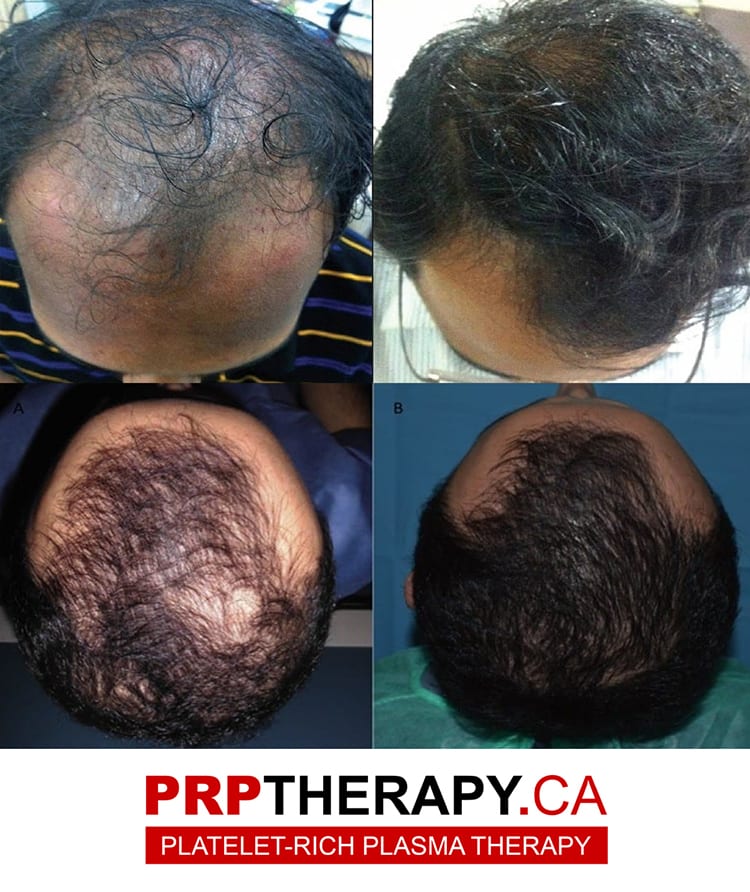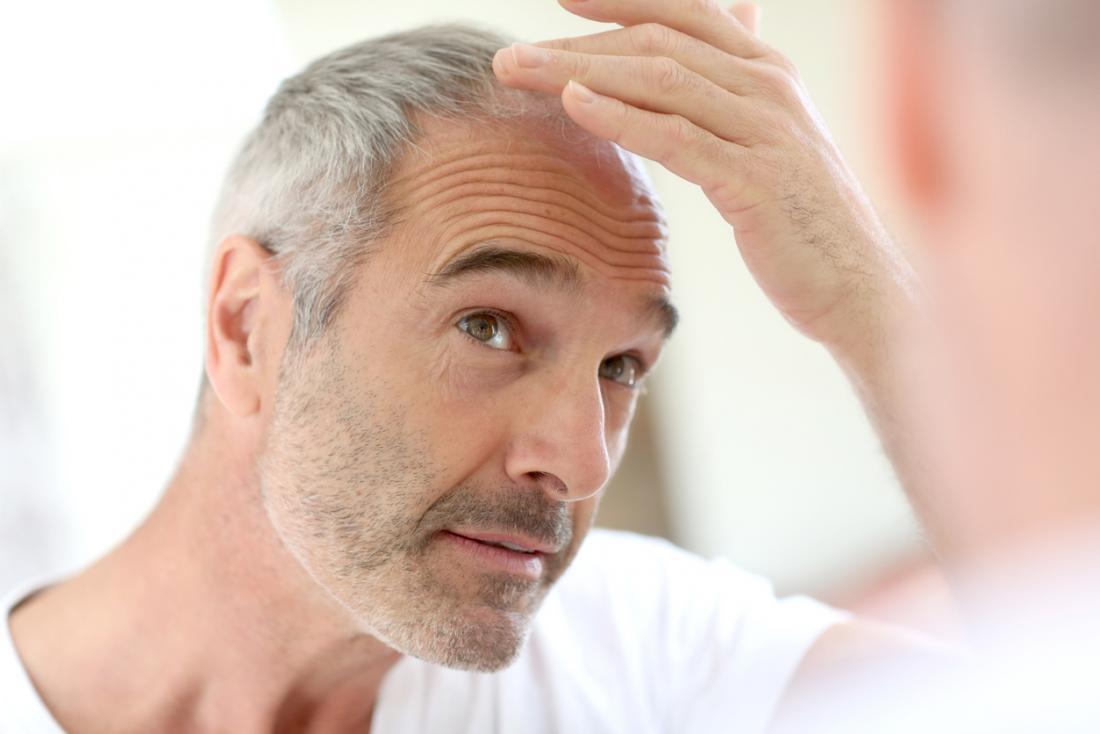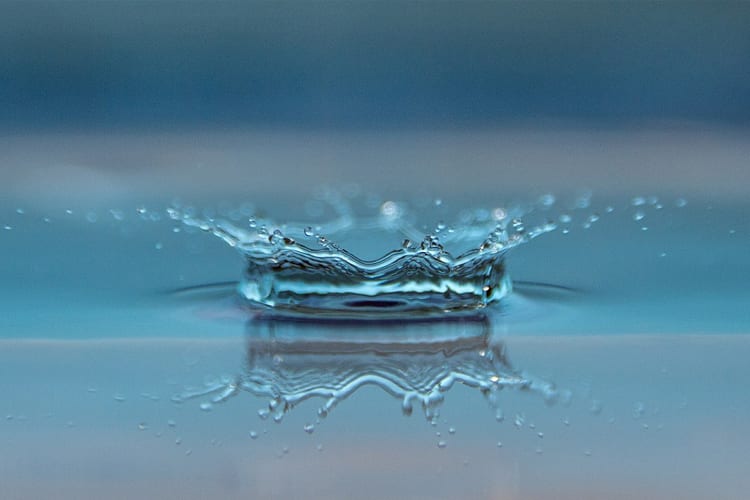The PRP Vampire Facial: A Guide to Regenerating Skin with Platelet-Rich Plasma
Introduction
The pursuit of youthful, radiant skin has led to the development of various innovative skincare treatments. In recent years, the PRP Vampire Facial has emerged as a popular procedure in the realm of non-surgical cosmetic treatments. Utilizing the rejuvenating and regenerative qualities of Platelet-Rich Plasma (PRP), this facial treatment revitalizes and renews the skin. In this comprehensive guide, we will delve into the science behind the PRP Vampire Facial, explore its wide range of benefits, discuss the procedure itself, highlight potential side effects, and provide valuable insights for those considering this revolutionary treatment.
Understanding the PRP Vampire Facial
The PRP Vampire Facial, also referred to as the PRP Facial or PRP Microneedling, is a non-surgical cosmetic procedure specifically designed to enhance the appearance and texture of the skin. This innovative treatment combines the principles of microneedling and PRP therapy to stimulate collagen production, promote skin rejuvenation, and address a variety of common skin concerns. By harnessing the power of Platelet-Rich Plasma (PRP), the PRP Vampire Facial offers a holistic approach to skin revitalization.
The Science behind the PRP Vampire Facial
At the heart of the PRP Vampire Facial is Platelet-Rich Plasma (PRP) therapy. This therapy involves the extraction of a small sample of the patient’s own blood, which is then processed to concentrate the platelets. Platelets are rich in growth factors and cytokines, which possess significant regenerative and healing properties crucial for tissue regeneration. When the concentrated platelets are applied to the skin during the PRP Vampire Facial, they initiate a cascade of biological responses that stimulate collagen production, enhance cellular turnover, and promote tissue repair.
The growth factors and cytokines present in PRP act as signalling molecules, triggering the body’s natural healing processes. These substances promote the development of new blood vessels, improve blood flow to the treated area, and increase the production of collagen and elastin, which are essential proteins for maintaining healthy and youthful-looking skin. The PRP Vampire Facial proves to be highly effective in targeting various skin concerns, including fine lines, wrinkles, acne scars, uneven texture, and lackluster complexion.
By combining microneedling with PRP therapy, the PRP Vampire Facial enhances the overall efficacy of the treatment. Microneedling creates tiny microchannels on the skin’s surface, which allows for better absorption and penetration of the PRP. This synergy between microneedling and PRP amplifies the benefits, promoting optimal skin rejuvenation and providing long-lasting results.
Moreover, PRP is a safe and minimally invasive procedure since it utilizes the patient’s own blood. This reduces the risk of adverse reactions or complications, making it a suitable option for individuals seeking natural and holistic skin rejuvenation.
Overall, PRP offers a scientifically-backed approach to skin revitalization. By utilizing the regenerative properties of Platelet-Rich Plasma, this treatment promotes collagen synthesis, cellular turnover, and tissue repair, resulting in a more youthful and vibrant complexion. In the following sections, we will explore the procedure itself, address common questions and concerns, and provide valuable insights for those considering the PRP Vampire Facial as a solution to their skincare needs.
Q & A
Is the PRP Vampire Facial a painful procedure?
While pain tolerance varies among individuals, a topical anesthetic is typically applied before the procedure to minimize discomfort. Most patients report mild sensations during the treatment.
What skin concerns can the PRP Vampire Facial address?
By enhancing skin texture, reducing the appearance of fine lines and wrinkles, minimizing acne scars, evening out skin tone, and promoting overall skin rejuvenation, PRP proves to be a highly effective treatment.
How long does a PRP session take?
The procedure usually takes about 60-90 minutes, depending on the size of the treatment area and individual needs.
How many PRP sessions are needed to see results?
Typically, a series of three to four sessions, spaced 4-6 weeks apart, is recommended to achieve optimal results. However, individual results may vary.
Is the PRP Vampire Facial suitable for all skin types?
Yes, PRP is suitable for all skin types, including sensitive skin. However, it’s important to consult with a qualified provider to assess any specific concerns or contraindications.
Are there any potential side effects of the PRP Vampire Facial?
Common side effects may include temporary redness, swelling, or mild bruising at the treatment site. These typically subside within a few days.
How long do the effects of the PRP last?
The longevity of the effects may vary depending on individual factors such as age, lifestyle choices, and skincare regimen. Regular maintenance sessions may be recommended to sustain and enhance the results.
Can PRP be combined with other treatments?
PRP can be complemented with other treatments, including dermal fillers or laser therapies, to enhance and expand the scope of the results. However, it’s essential to consult with a qualified provider to determine the suitability and safety of combination treatments.
Q9: Is there any downtime associated with the PRP Facial?
While there may be some mild redness and swelling immediately after the procedure, downtime is minimal, and most individuals can resume their regular activities immediately following the treatment. However, it’s important to follow post-treatment care instructions provided by the practitioner to ensure optimal healing and results.
Q10: Are there any contraindications for PRP?
PRP is generally safe; however, there are a few contraindications to consider. Individuals with certain medical conditions, such as blood disorders or active infections, may not be suitable candidates for the procedure. Pregnant or breastfeeding women are also advised to postpone the treatment. It is crucial to consult with a qualified provider to determine if the PRP Vampire Facial is appropriate for your specific circumstances.
About PRP Therapy Clinic
PRPTherapy.ca is a premier destination for the PRP Vampire Facial, offering this cutting-edge treatment at their Toronto and Richmond Hill clinics. With a commitment to excellence, PRPTherapy.ca provides exceptional service and delivers remarkable results in skin rejuvenation. At PRPTherapy.ca, clients have access to a team of experienced professionals who specialize in PRP therapy and are dedicated to helping individuals achieve their desired aesthetic goals.
What sets PRPTherapy.ca apart is their commitment to affordability and providing value to their clients. They offer special pricing options for the PRP Vampire Facial, allowing individuals to choose a package that suits their needs and budget. For those looking for a single session, the price is attractively set at $497, providing an opportunity to experience the benefits of the PRP Vampire Facial without a long-term commitment. For those seeking more comprehensive results, PRPTherapy.ca offers a package of three sessions at $1397, allowing for a more extended treatment plan. Additionally, they provide a package of six sessions at $2400, providing the best value for individuals who wish to undergo a more intensive PRP Vampire Facial regimen.
At PRPTherapy.ca, clients can rest assured that they are in the hands of skilled professionals who prioritize safety, comfort, and optimal results. The facility is equipped with cutting-edge amenities and utilizes state-of-the-art PRP technology to provide exceptional care. Furthermore, the team at PRPTherapy.ca takes the time to understand each client’s unique needs and goals, offering personalized treatment plans to address specific concerns and provide the most effective outcomes.
Conclusion
The PRP Vampire Facial offers a revolutionary approach to skin rejuvenation and regeneration. By harnessing the healing properties of Platelet-Rich Plasma (PRP), this non-surgical procedure stimulates collagen production, reduces fine lines and wrinkles, improves skin texture, and addresses various skin concerns. The PRP Vampire Facial has become a popular choice due to its safety and effectiveness, with minimal downtime and suitability for all skin types. However, it is important to consult with a qualified provider to determine the suitability of the procedure for your individual needs. Through the PRP Vampire Facial, you can unlock the potential for radiant, youthful-looking skin and embrace a renewed sense of confidence.
By choosing PRPTherapy.ca for the PRP Vampire Facial, clients can benefit from the expertise of a trusted provider in the Toronto and Richmond Hill areas. With their commitment to affordability, exceptional service, and impressive results, PRPTherapy.ca has established itself as a leading destination for individuals seeking the transformative effects of the PRP Vampire Facial. Through their specialized treatments and attractive pricing options, PRPTherapy.ca aims to make the rejuvenating benefits of the PRP Vampire Facial accessible to a wider range of individuals.
